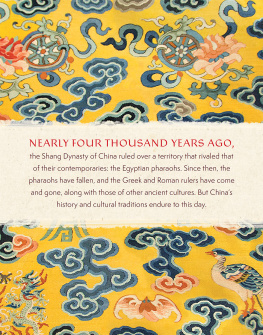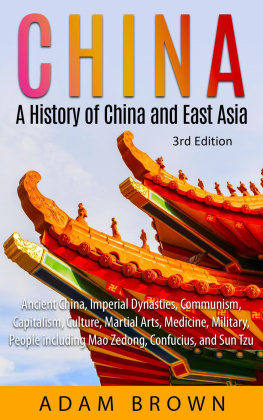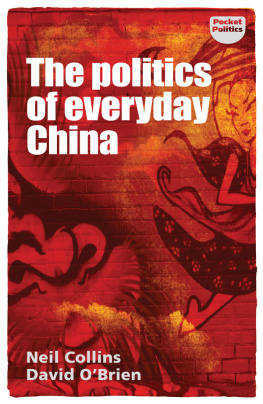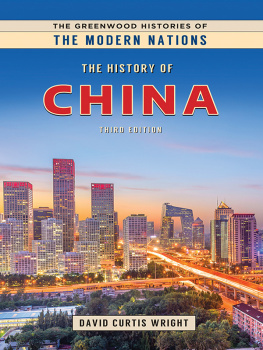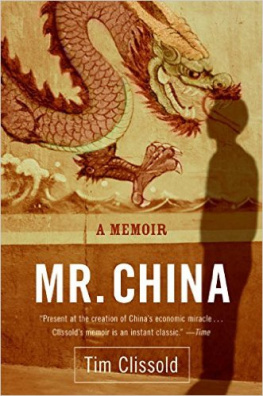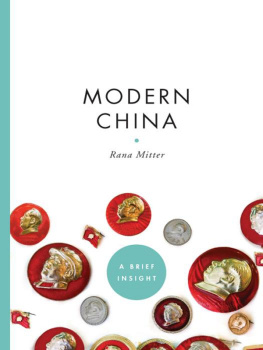
THIS BOOK WAS MADE POSSIBLE IN PART BY THE ELIZABETH F. CHENEY FOUNDATION AND THE HENRY LUCE FOUNDATION.
Cataloging-in-Publication Data has been applied for and may be obtained from the Library of Congress.
ISBN 978-1-4197-2121-2
eISBN 978-1-68335-362-1
Text copyright 2018 The Field Museum
Book design by Melissa J. Barrett
For image credits, see .
Published in 2018 by Abrams Books for Young Readers, an imprint of ABRAMS.
All rights reserved. No portion of this book may be reproduced, stored in a retrieval system, or transmitted in any form or by any means, mechanical, electronic, photocopying, recording, or otherwise, without written permission from the publisher.
Abrams Books for Young Readers are available at special discounts when purchased in quantity for premiums and promotions as well as fundraising or educational use. Special editions can also be created to specification. For details, contact specialsales@abramsbooks.com or the address below.

ABRAMS The Art of Books
195 Broadway, New York, NY 10007
abramsbooks.com
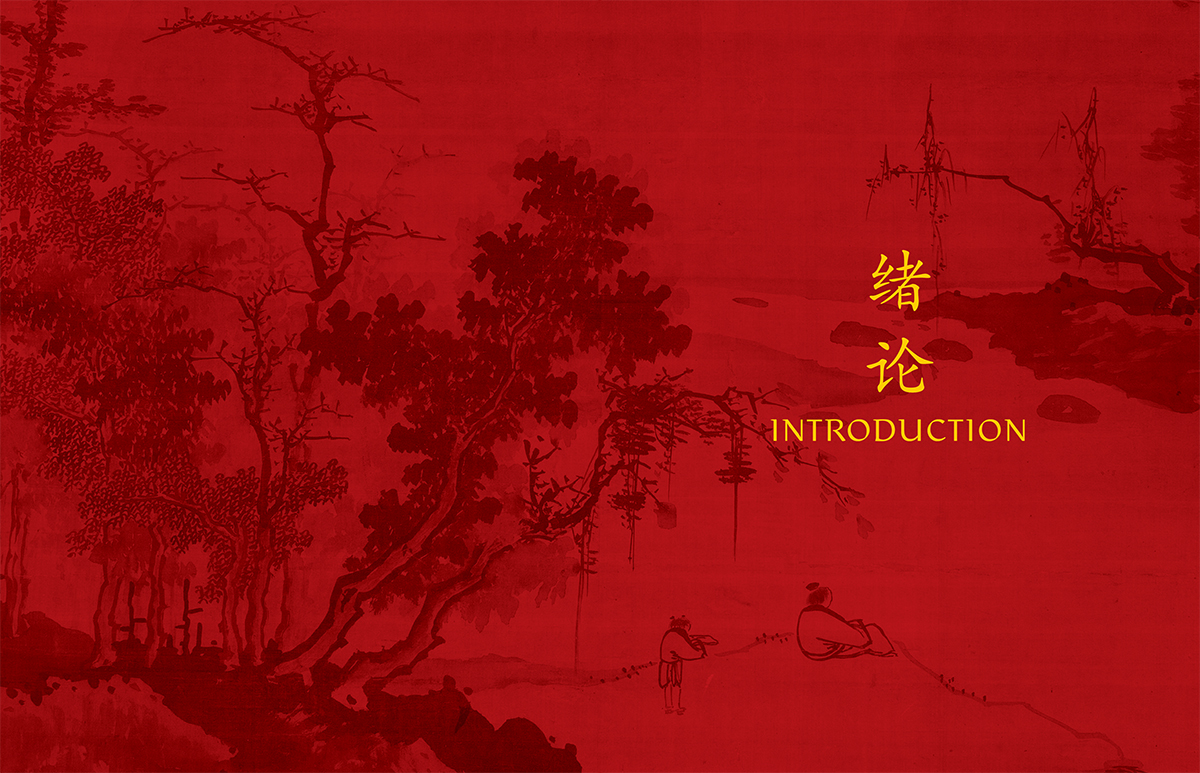

Chinas history is the story of people responding to opportunities and challenges, striving to balance tradition and change.

THERE IS NO SINGLE CHINA
China is the worlds fourth-largest country and home to one-fifth of its population. It also has the worlds oldest, ongoing tradition of urban civilization.
Starting around 1600 BC, the Shang Dynasty in China ruled over a territory that rivaled what was ruled by Egyptian pharaohs of the time. Since then the pharaohs have fallen, Greek and Roman empires have come and gone, and other ancient cultures have been fundamentally changed by political, religious, and social upheavals. Meanwhile, Chinas rulers created an empire that persevered until the twentieth century. Then, even after the last emperor was overthrown, Chinas borders remained mostly unchanged and many Chinese cultural traditions have been largely maintained.
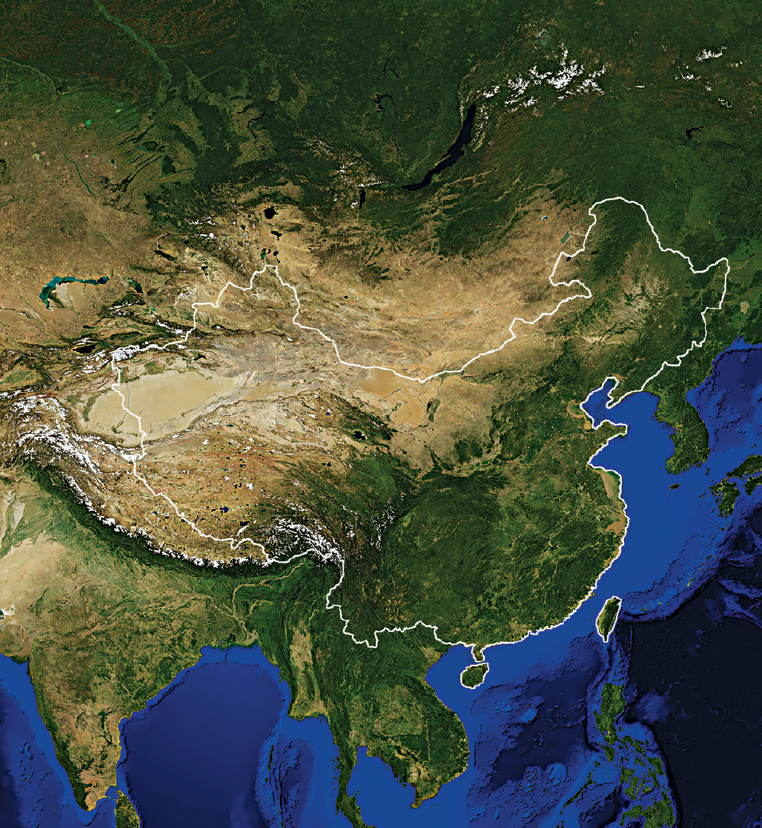
As the worlds fourth-largest country by area, China (outlined in white above) is a collage of diverse landscapes and peoples.
Yet there is no one single China. This nation encompasses vast deserts, rugged mountains, fertile plains, coastal lowlands, and tropical rain forests. Its people include fifty-six recognized minority groups with unique stories and customs. Chinas peoples have repeatedly stitched together this patchwork of landscapes and cultural traditionsand for centuries, the empire was more organized and powerful than Western societies.
The results were not always seamless. As everywhere else, the peoples of China have confronted weak government, warlords, famine, and foreign invasion. They also have navigated trade routes, changing technologies, new ideas about how society should work, and massive shifts in political power. Nothing about Chinas history was predestined. Rather, it is the result of people responding to lifes opportunities and challenges, striving to balance tradition and change.
People are perhaps most familiar with Chinas history of the last century. This book focuses on the seven thousand years that came before. Taking a longer view highlights how modern lives compare to those of past peoplesand reveals how intertwined Chinas history is with the rest of the world.
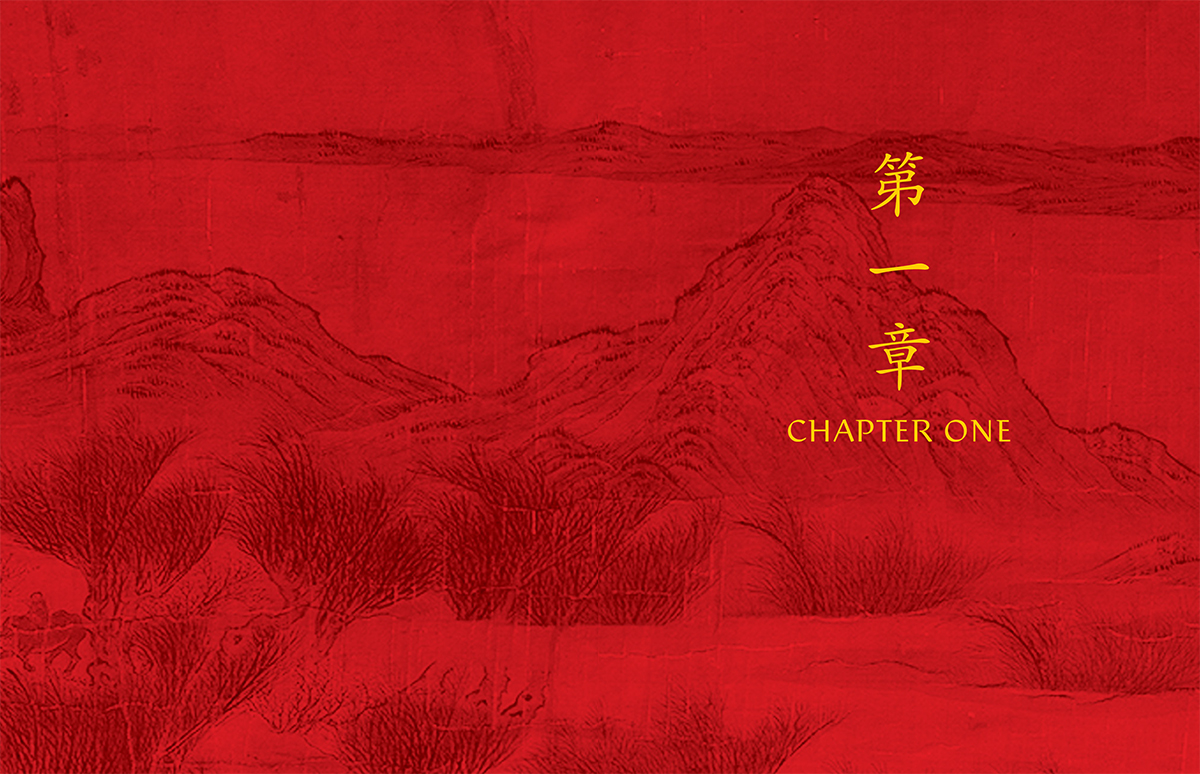
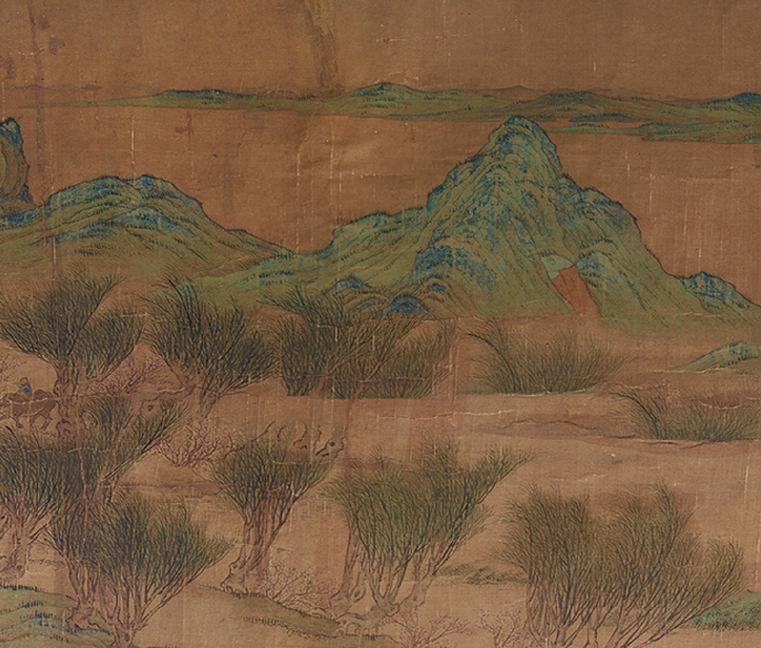
For hundreds of thousands of years, Paleolithic nomads barely changed Chinas landscape. About ten thousand years ago, people living in more permanent settlements began a dramatic transformation.

PREHISTORIC CHINA
CHINAS STORY BEGINS IN THE STONE AGE
Based on the fossil record, close relatives of modern humans have lived in China for at least seven hundred and fifty thousand years. For most of this time, these homininsand the modern humans who succeeded themsurvived by hunting and gathering. They lived nomadically, moving from place to place and making few changes to the landscape. They struck stones together to shape and sharpen them into tools, so scientists call most of this time expanse the Paleolithic, which means Old Stone Age.
About ten thousand years ago people began building more-permanent homes, dwelling in larger groups, and experimenting with farming. These dramatic changes required new ways of thinking about how to live and work together.
Settled communities physically changed surrounding landscapes, and individuals began making specialties of various tasks. Success brought population growth, constant trying out of new ideas, and increased layers of status in society. People still relied on stone, but now had more techniquesincluding grinding and polishingto shape a wider range of tools. Scientists call the years from about 10,000 to 1800 BC the Neolithic, which means New Stone Age.

These stone axes were made four to ten thousand years ago. Polishing them with grit made sharper edges, while attaching them to handles increased the force of each blow. The two axes on the bottom right do not show signs of use, so they were likely made to be buried with the dead.
Neolithic peoples invented the building blocks of modern society. Most people today, for example, reside in homes that stay in one place. More live in cities than in the countryside. Most eat farmed food, with diets relying on plants and animals first cultivated by Neolithic farmers. Today people talk about the fast-paced change of technology and how much humans are transforming the environment. Although such changes in the Neolithic period seem slow by comparison, they were rapid-fire when judged against the steadiness of earlier lifestyles.
The distinct societies that emerged in Neolithic China were the foundation for this nations diverse population today.
SEEKING THE ROOTS OF CHINESE CIVILIZATION
The Yellow River springs forth in Chinas northwest mountains and meanders thirty-four hundred miles through the heart of this nation. It slices through lowlands covered in a fine, fertile soil called loess. For millions of years, winds gusting across nearby mountains and deserts have dropped specks of dust on these plains, gradually building loess to a thickness of five hundred feet in some places. It is no wonder then, that this valley attracted some of the worlds earliest farmers.
Next page
